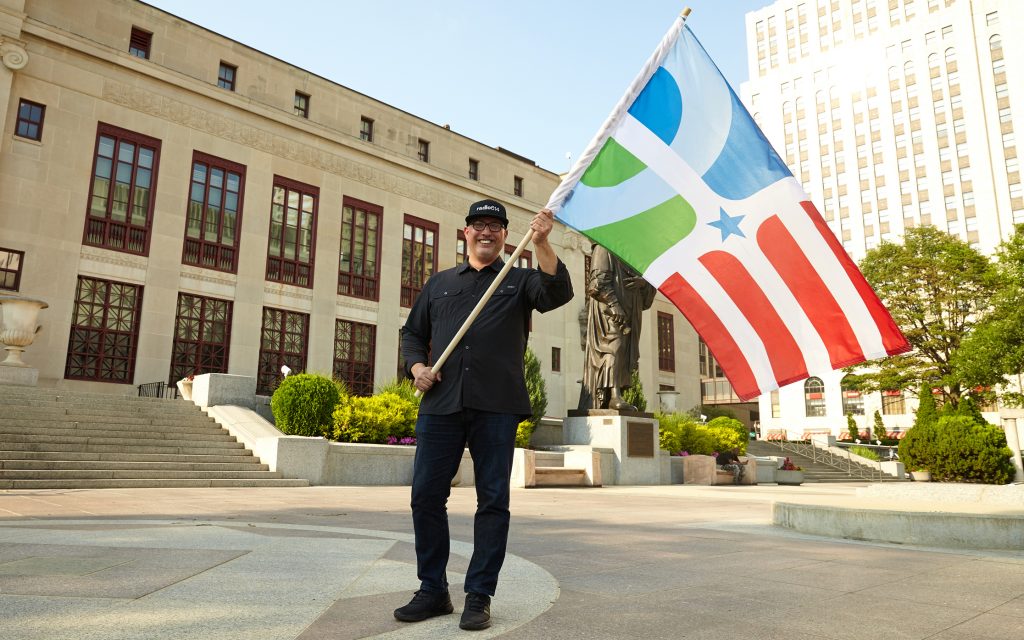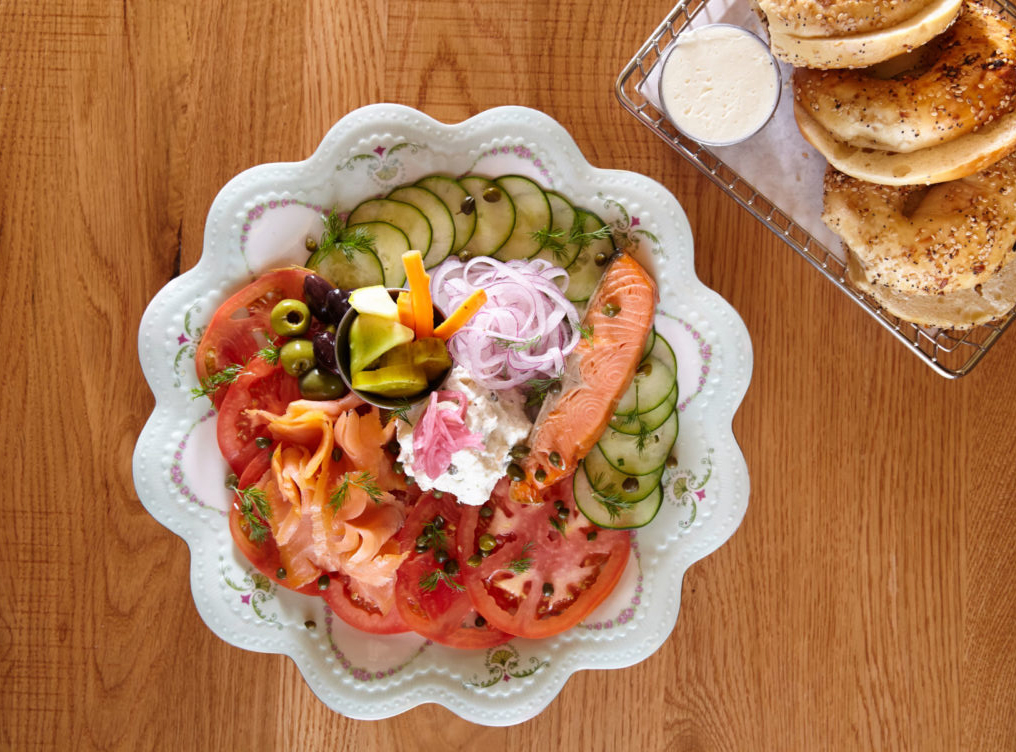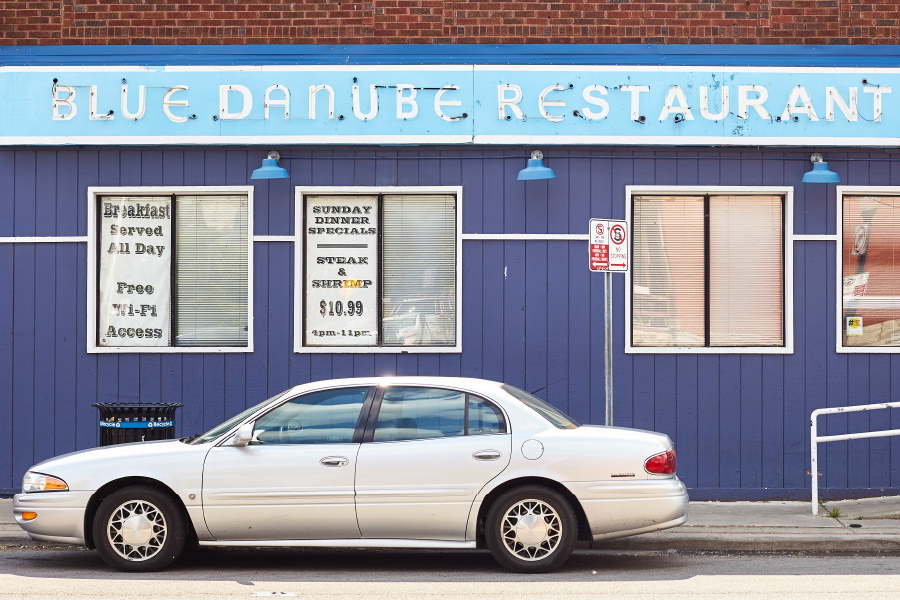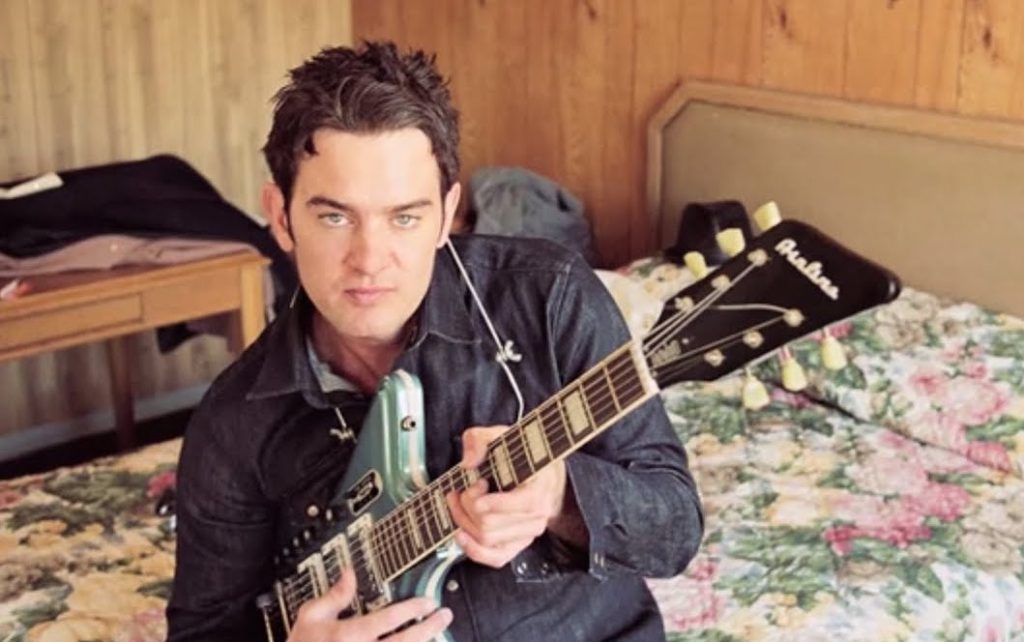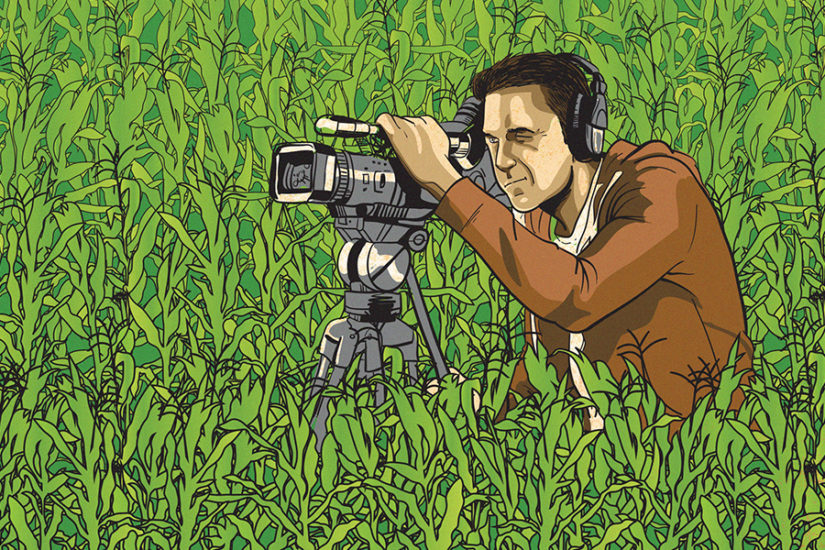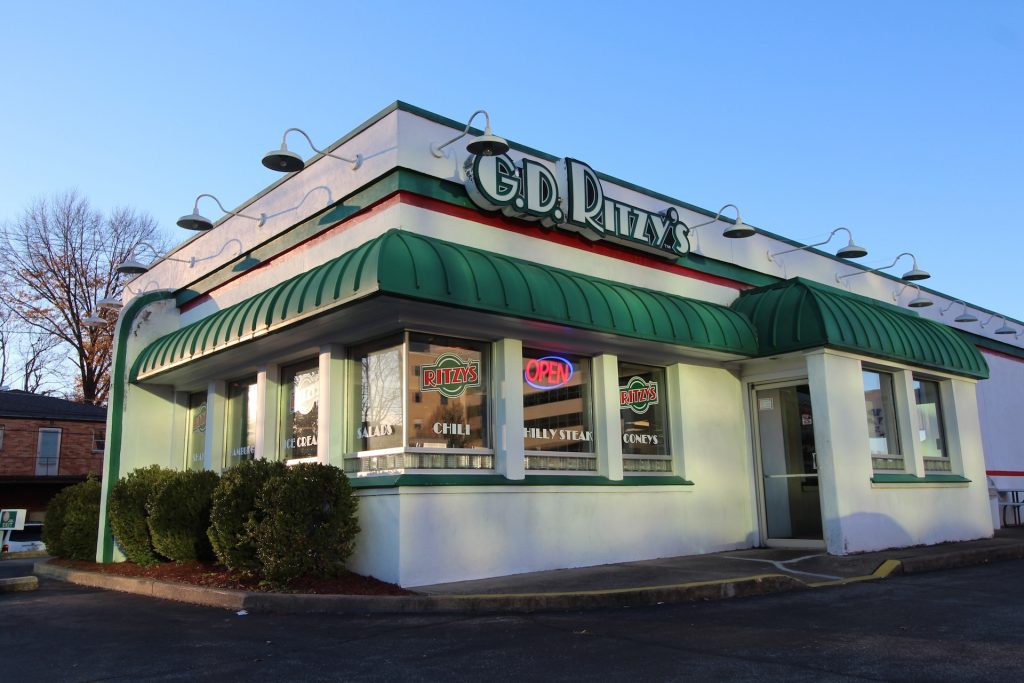Originally published in the August 2018 issue of (614) Magazine

Scott Mulhollen stared at the screen in silent disbelief. With only an hour notice, he’d received a tip on an eBay auction too good to be true. As the clock ticked away with only seconds to spare, he made his first and only bid.
He took a moment to let the win sink in, then he picked up the phone to confirm it was all really happening. The stranger who answered seemed somber, then his wife got on the line and was clearly confused. She didn’t even know her husband was selling it.
“Who is this?” she asked again, to which he politely replied, “I’m Scott, the guy who just bought your DeLorean.”
Graciously offering to back out of the sale, Mulhollen learned the car was the couple’s first purchase together when they were wed in 1982 and had been meticulously maintained ever since. But now retired and downsizing, it was time to move on.
“I didn’t have the heart to tell them what I was going to do to their car. You never know how someone is going to react,” he recalled. “So I chose to respect their memories, assuring them I was going to take care of it as lovingly as they had, that it wasn’t going to a chop shop or flipper.”
Mulhollen wasn’t kidding. He loves the car, and has his whole life. But he’s no classic car aficionado or broker of automotive ephemera intent on turning a quick buck.
“You rarely find a car this pristine and well preserved, and never at this price,” Mulhollen explained, whose bid was well above the $28,500 he actually paid. “The guy who owned it before me was an electrical engineer and stripped the entire car and rewired it, because DeLoreans were known for sometimes catching on fire. Collectors want everything original, so I was the only bidder.”
That was hardly the end of the upgrades. It’s taken nearly 30 years and a small fortune to realize the vision of his adolescence. But after months of delays and painstaking modifications, Scott Mulhollen is now the owner of a bona fide time machine.
“I remember sitting in the theater as a kid watching Back to the Future and dreaming about someday owning ‘that car,’” he confessed.
Mulhollen now runs his own self-defense school, which often requires connecting with kids who aren’t always easy to reach. A long-time collector of iconic ’80s memorabilia, his office is more of a museum dedicated to his childhood, from Garfield to Ghostbusters. Not just trinkets either — everything from autographed animation cells to a legit proton pack. Even his martial arts background and enthusiasm for teaching grew out of his own experience with bullying. He was an actual Karate Kid who defied more than a few naysayers and turned a calling into a career. “When kids come here, it helps to let them know I was just like them,” he explained. “But there was still that one big dream that remained out of reach.”
For those of a certain age, it’s almost impossible to overstate how beloved Back to the Future is as both a personal and pop cultural milestone. I was an exchange student to Japan in the summer of ’86 and my host brother had a bootleg recording of just the audio from Back to the Future he’d played on his Walkman nearly nonstop for a year before I arrived. It’s essentially how he learned English. We’re still in touch, and can still exchange every line of dialogue even decades later.
“When I was initially considering all of this, I knew it had to be a business to make sense, but one that enabled me to share this passion with others and make a positive impact,” he recalled. “With the right combination of private rentals and charity events, I knew I could make it work.”
It cost nearly twice as much to convert the car as he’d paid for it, and it shows. It looks handmade, which it is and as it should. There’s a delicate balance to creating cinematic replicas. Too stingy and it feels cheap. Too polished and it feels mass-produced. Perhaps only the Batmobile is as indelible down to the most exacting detail. Complete with lighting and sound effects, diodes and doodads, Marty McFly himself couldn’t tell the difference.
“When the film’s prop makers were designing the car, they wanted it to look like something Doc Brown could have made in his garage,” he explained. “It took the builder seven months, and even then, he’d have taken another month or two if I let him.”
Once you get past the heavy price tag, the sticker shock gives way to immediate envy. Plenty of people spend as much or more on a midlife crisis car that no one wants to have over for their birthday party or private gathering. You could have just another Tesla, or you could have a time machine and folks will gladly pay you to come hang out for a few hours.
“My goal is three years to pay off the car, a few big gigs and we’ll get there,” he noted. “The car isn’t really an expense; it’s an investment that holds its value. I could sell it tomorrow and still make money on the deal.”
Delays in the conversion pushed the debut until just after Ready Player One’s premiere — which was unfortunate, but not tragic. Summer commitments like Ohio Comic Con and a recent al fresco screening of Back to the Future at the Gateway Film Center were already booked, and events to raise funds for children’s charities and Parkinson’s research were also in the works. But blockbuster blowouts aren’t the only option to get up close and personal with a piece of the past, or the future.
“I have a woman coming down today from Toledo with her husband to see the car, and he has no idea. Those are the reactions that are priceless,” Mulhollen said. “People get emotional, they get overwhelmed. I’ve had people cry before, whether you’re a CEO or the guy who operates the forklift. They may be in their forties, but when they sit in this car, suddenly they’re 10 again. It really is a time machine.” ▩
For scheduled events and private rental details, visit ohiotimemachinerental.com

